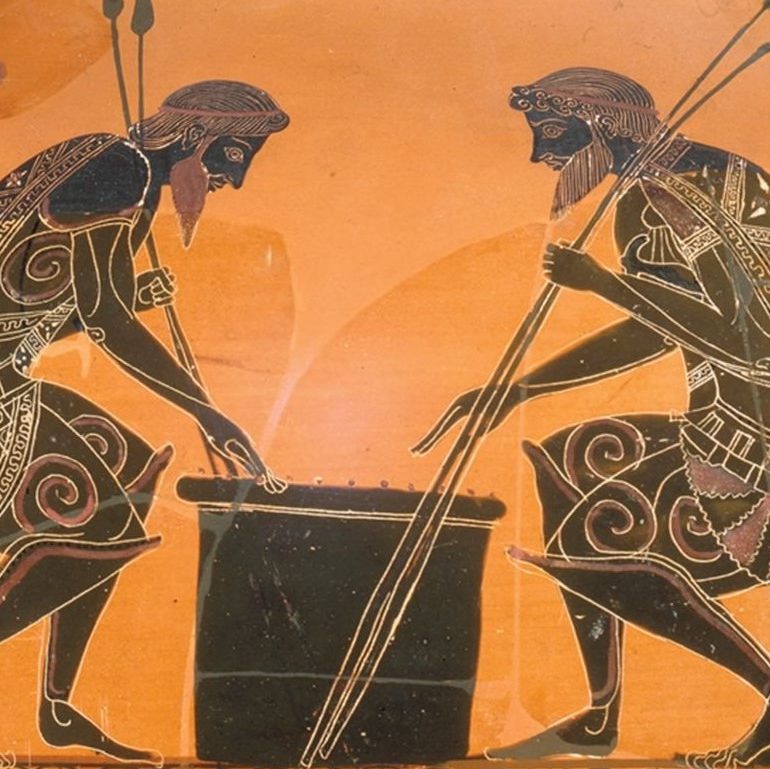Douglas Miles is Apache. He is an artist. He is an entrepreneur. He is a skateboard crew leader. He is an activist and “community organizer,” of a kind.

(Photos by Brendan Moore: www.BrendanMoorePhoto.com)
Can he be any one of those things alone? Or, for most people, must every role he takes on be encountered only as a function, a representation, of his identity as an Apache? What is his identity as an Apache, for him, for others?
What is it to be an Apache, a Native American, in the twenty-first century – or at any time after the end of the nineteenth, to make a finer point? Is it living out the life of a victim, both personally and culturally, historically bound – for Apaches, themselves, as well as for non-Natives – to the conqueror’s crime, a crime that can be reenacted with every shamed recollection of it, the victim victim again with each new fall in remembrance?
We are, are we not, a sum of what has happened to us as well as of what we do? Conceive of Jewishness in the modern world without the Diaspora, without the Holocaust, without life lived – even in the will to deny it so – always in the knowledge of them.
Does being a Native American mean living in hatred and resentment of the conqueror, the conqueror in whose midst Native peoples are condemned to live – everywhere surrounding and overwhelming them as the ongoing, invisible repetition of the crime – and who, let it be clear, has little sense of the wrong committed, little consciousness, even, of the conquered people’s presence or predicament?
Is it dreaming of an undoing – of the act of conquest itself, by reversing it, that victimhood should be only a moment in time, however long the moment, and not an immemorial condition? Is it falling into despair at the futility of such a hope?
Is it seeking to reconnect to what was taken and what was lost, to overcome the years that intervened between what Native Americans once were on their land and what they are now: the years that might be thought a break in the natural evolution of Native life, and to try in some way to mend the break?
between what Native Americans once were on their land and what they are now: the years that might be thought a break in the natural evolution of Native life, and to try in some way to mend the break?
Or is it to choose to be modern? To acknowledge the current world for what it unmistakably is and dare to be of it, not apart from it, in a Native way?
For Douglas Miles, the choice among all these alternatives is the last. And having made that choice, there are choices still, in deciding what it means, in varied terms, for an Apache to be modern, yet still Apache, amid all the non-native influence on American modernity, in resistance to the general culture’s long-held, guilty desire for Natives to assimilate.
Miles lives on the San Carlos Apache Reservation in eastern Arizona, one of several Apache reservations in the Southwest, and along with the White Mountain Reservation to the north – location of the famed Fort Apache – one of the two largest. It was, for short periods, unhappy home to Geronimo. It was, in its origins, a concentration camp.
“Since I can remember,” says Miles, “I have always made some kind of drawing or art. Cardboard boxes and paper bags were my early childhood canvas. Crayons, ballpoint pens and pencils were my only palette. Today a lot of my work is based on stenciled techniques and figures. It’s a way to distill my work to a rawer purer form and essence.”
Miles traces his artistic influences to “the older works of the Santa Fe, Dorothy Dunn 30’s-40’s school. Called ‘Bambi art’ because of its flat two-dimensional figures and technique,” the tradition “had an enormous impact, even on my current work today.”
In recent years, Miles’s art has often been joined to skateboard culture. He painted a an Apache warrior in his son, Doug Jr.’s “deck,” or board, and it was a hit with the other young Apaches boarders. Miles contracted for a hundred silk screened boards, and he organized the crew Apache Skateboards. The team competes, gives exhibitions, and just recently “was filmed and worked on a [SAG] commercial for a national anti-meth campaign.”
son, Doug Jr.’s “deck,” or board, and it was a hit with the other young Apaches boarders. Miles contracted for a hundred silk screened boards, and he organized the crew Apache Skateboards. The team competes, gives exhibitions, and just recently “was filmed and worked on a [SAG] commercial for a national anti-meth campaign.”
The work with Apache Skateboards joins Miles’s artistic sensibilities with his interest in influencing the lives of young Apaches, and through them the categories by which Apache culture and identity are understood.
“We ‘natives’ have become ‘frozen in time’ in the eyes of the mainstream,” he says. “The constructs that ‘make us Indian’ are often created and developed from an anthropological and archeological point of view. This has reduced us to a mere subject matter – a romantic-artifact devoid of human aspects other than those nice categories we’re told we were once so nobly a part of: hunter-gatherer, nomadic, agrarian, etc.
“Indian people cannot shape our own views of ourselves for what reason? Does knowledge of all tradition makes me more pure or authentic? If I rebel against these categories does it make me more or less Indian?
“It makes me neither. It makes me human. It makes me part of a larger worldview that demands I be looked at with respect to my art, expression, accomplishments, and merits.
“I am not an artifact but I do make art, and that’s a fact.”
AJA


